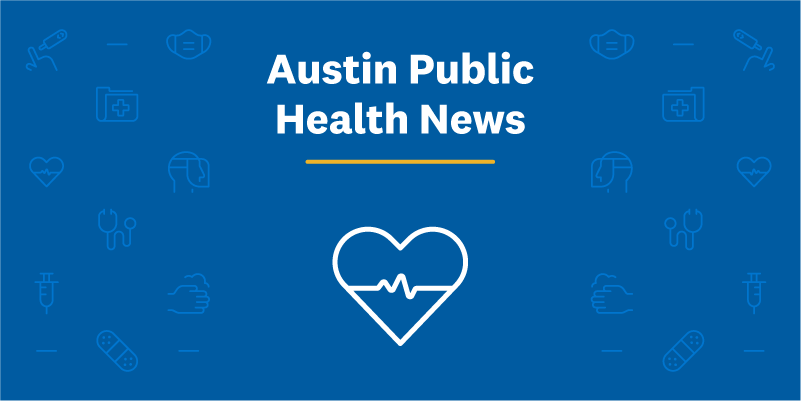City of Austin
FOR IMMEDIATE RELEASERelease Date: Jul. 02, 2025
Contact: APH Media

Tool helps communities visualize the impact of vaccination rates.
AUSTIN, Texas – Austin Public Health (APH), in collaboration with a national network of public health leaders and academic institutions, has launched a new online tool that models the spread of measles in communities, such as schools and childcare, with declining vaccination rates. The measles outbreak calculator, developed in partnership with the Texas Advanced Computing Center (TACC), offers an interactive, research-backed simulation to help school districts, healthcare providers and community leaders understand the potential consequences of measles outbreaks based on real-world data.
“In communities where vaccination rates dip even slightly, the risk of measles outbreaks rises dramatically,” said Dr. Desmar Walkes, Austin-Travis County Health Authority. “This new measles calculator puts that reality into stark relief, showing how fast measles can spread and making the invisible visible. It’s a vital tool that empowers schools, healthcare providers and families to act now, keep students safe and strengthen our collective immunity.”
Launched in March 2025, following weeks of rapid development and review, the tool is already being adopted by major jurisdictions across the country, including New York City, Houston, San Antonio, El Paso, Dallas, and the states of Texas and Massachusetts. Illinois has even replicated the model for local use.
“Austin always leads with innovation and collaboration,” said Austin Mayor Kirk Watson. “This measles calculator is a shining example of that approach. It reveals how our local public health experts are creatively helping communities across the country make smarter, faster decisions to protect public health."
The project began with an ideation session led by APH on February 17, 2025 and rapidly evolved through collaboration with the University of Texas at Austin, Dell Medical School, UMass Amherst, Duke University, Yale School of Public Health and other national and international partners, including the Centers for Disease Control and Prevention, the National Association of County and City Health Officials (NACCHO) and the Council of State and Territorial Epidemiologists.
“At The University of Texas at Austin, we've spent 25 years creating computational tools to fight outbreaks, and we've seen firsthand how data truly can protect communities and save lives,” said Lauren Ancel Meyers, Ph.D., Cooley Centennial Professor and founding chair of the Department of Statistics and Data Sciences. “In collaboration with Austin Public Health, we've developed this measles outbreak calculator to help individuals, schools and leaders nationwide understand the rising risks and take effective steps to protect themselves and those around them.”
Using a stochastic SEIR (Susceptible, Exposed, Infectious, Recovered) model, the calculator estimates outbreak potential based on key parameters, such as community vaccination rates. For the initial release, the calculator assumes there is no active outbreak response or breakthrough infections, modeling a single, unstructured population to predict outcomes from 200 simulations. Outbreaks are defined as 20 or more new infections.
The tool can be accessed here: https://epiengage-measles.tacc.utexas.edu
School superintendents, emergency medical services and regional health departments, including Austin EMS and Northeast Texas Health, are already utilizing the calculator to foster informed decision-making. It has also been distributed through networks such as NACCHO, the Association of State and Territorial Health Officials and Insight Net.
Planned improvements include integrating breakthrough infections, healthcare burden assessments, active outbreak responses, and structured population modeling, ensuring that the calculator evolves alongside public health needs.
“Public health is about giving the community tools to make informed decisions that protect and promote good quality of life outcomes for all,” said Adrienne Sturrup, Director of Austin Public Health. “This calculator turns complex data into something actionable, helping leaders, schools and families see the real-world impact of vaccination rates and take steps to prevent future outbreaks.”

